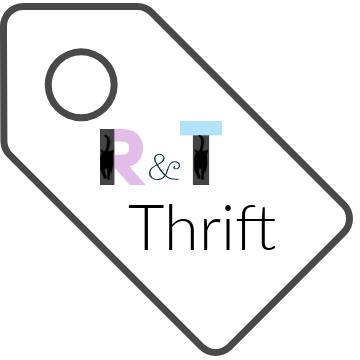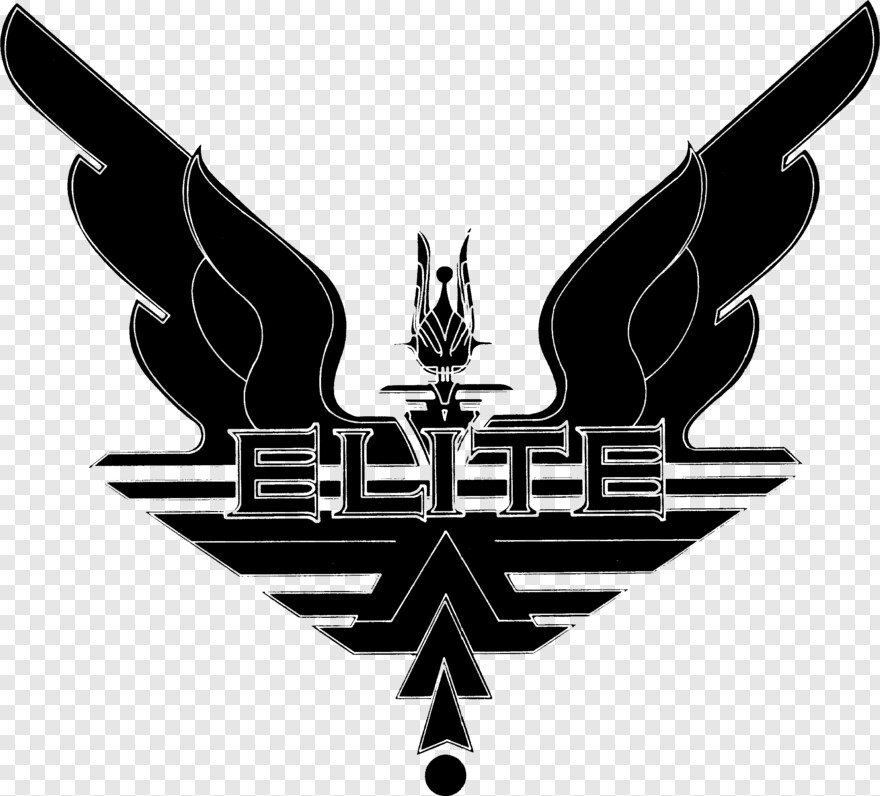Konami – GBA – 1 Player
Castlevania is a game series I haven’t always cared much for. The early games were just plain too difficult for my tastes. If I was going to play a tough platform game I’d play something fun and fast like Blaster Master or Ninja Gaiden. After many recommendations I picked up a copy of Symphony of the Night. It languished for years, un-played, on my game shelf. I’d never been a big fan of the whole “horror/gothic” thing, why would I want to play a game full of it?
I then of course played Symphony and loved every minute of it. This sort of side scrolling action game just isn’t made anymore on these next-gen systems. It’s all about 3D! Sadly, Symphony left me wanting more. Armed with my trusty Game Boy Advance, I managed to find more with Castlevania: Circle of the Moon. 2D is all but dead on the home console but it’s still pushing it self out on the Portable system.
Fortunately, Konami realized the popularity of the new format used in Symphony and continued the new exploration and RPG style elements from SotN into its Game Boy series of Castlevania games. This installment takes us back to the whip thrashing heroes of the older games with out hero, Nathan Belmont, err… Nathan Graves. Nathan sets out with his companions Morris and Hugh Baldwin (No relation to the actor) to slay the newly resurrected Dracula. There’s pretty much only one staple for the Castlevania series, and that’s the fact that Dracula is always pulling the strings SOMEHOW and is pretty much always the final boss. If you didn’t finish by killing Dracula, you’re probably not done yet or you got a “bad ending”.
Gameplay is pretty comparable to Symphony. In this game you’re stuck with using the whip for the entire game however. To help out though you collect DSS (Duel Setup System) cards. These cards are themed around mythical animals and gods and are combined for varying themed effects. For example, combining a Flame based Salamander card with the whip enhancing Mercury card will give you a flaming whip. The Earth based Golum card with Mercury gives an longer earth based whip. At the same time combining either of these animal cards with say, the Jupiter based recovery card will cause Fire or Earth damage to heal you. Only two cards, one from each set, can be used at a time though so you’ll find yourself often switching and strategizing. The cards are obtained randomly from enemies and can be a bit of a challenge to collect.
Still, you’ll end up using the same half dozen combinations for most of the game. A lot of them are mostly useless, especially the projectiles and special whips. I found only the Earth whip to be of any true use since it has a longer reach. This lets you hit many enemies before they get too close and start attacking. Hit, not kill, mind you. Most of the enemies take about twice as many hits as should really be necessary to kill them. I find the hits tended to decrease by one for each level gained but near the end of the game the experience necessary to level becomes astronomically too high. I believe while I was “power leveling” I figured up having to pass through the entire Coliseum bonus areas (filled with the toughest monsters) something like 2-3 times before gaining a level. This is not a small task and the Coliseum enemies are tough and give more exp than normal enemies. Still, with a few DSS exploits the final boss was still relatively easy to defeat at my finishing level.
At least there is a fair variety of enemies to keep you entertained in your times of leveling need. Even basic color swaps (like the armors) have completely different attack patterns. The castle is also expansive and varied enough to keep things interesting the whole trip through. You’ll do some backtracking, but it’s backtracking that makes some level of sense.
In comparison to Symphony of the Night, which is a game that all three GBA Castlevania games try to emulate to varying degrees, I’d say it’s a decent follow-up. It’s not quite as polished overall but it has its own merits and methods. A game doesn’t have to be an exact copy of its great predecessor in order to be worthwhile.









